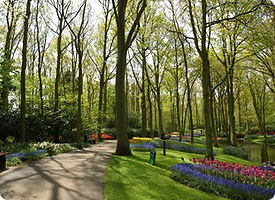 Surrey, British Columbia
Surrey, British Columbia
In September 1993, Surrey officially became a city, currently the second largest in British Columbia. Approximately 800 people move to Surrey each month making it the fastest growing municipality in the province. Surrey lies within the Greater Vancouver Regional District (GVRD) and geographically, it is at the centre of the larger region known as the Lower Mainland of BC.
As of 2001, the population of Surrey is approximately 347,825. In 2004, the City of Surrey estimated that the city's population officially reached approximately 400,000. Surrey is also fully representative of the multicultural mix of Canada with 127,015 people being visible minorities, and around 114,000 of these being immigrants.
Enjoy the arts & culture on display at the newly built Surrey Museum. Surrey’s history and heritage, along with themed exhibits throughout the year, are always at your fingertips. Attend a concert at the Bell Performing Arts Centre or experience an art show at the Surrey Arts Centre.
Arts, sports ecotourism, agritourism and adventure tourism all combine to make Surrey a natural choice for family outings and a popular recreation destination for all.
Also known as the City of Parks, Surrey has over 5,400 acres (22 km2) of passive and active parks, 15 golf courses and driving ranges, including the Northview Golf & Country Club, home to the former Air Canada Championship. Approximately 35% of the land designated as agricultural and still being actively farmed today.
Surrey's History is composed of a series of interwoven themes which impact on one another in Surrey's historical development. These themes begin with the initial Spanish and English contact, aboriginal settlement, and the impact of Europeans on the native population. Following themes involve early pioneer settlement and the impact of trails, early roads, water transportation and the development of railways on that settlement. The final themes culminate with expanded settlement and the development of urban centers up to the two decades following World War II.
